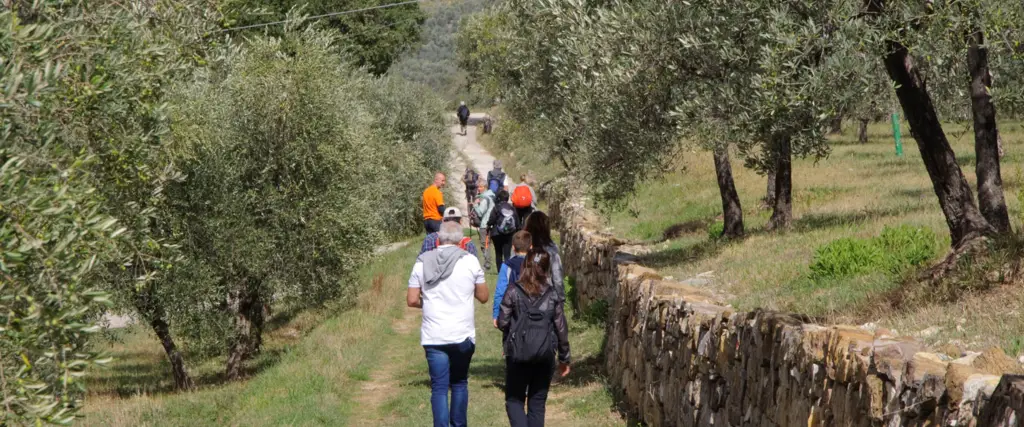
Étapes
Fiesole
Via Portigiani, 1, 50014 Fiesole FI, Italia
Santa Margherita a Saletta
Via Caldine, 10, 50014 Santa Margherita A Saletta FI, Italia
Sant'Ilario a Montereggi
Strada Provinciale 54 dei Bosconi, 50014 Fiesole FI, Italia
Sorgente Acquinvogliolo
Acquinvogliolo, 50014 Montereggi FI, Italia